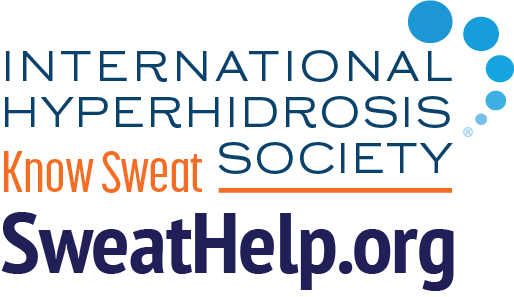

Hyperhidrosis is a serious medical condition characterized by excessive, uncontrollable sweating and the International Hyperhidrosis Society is the only global non-profit organization dedicated entirely to improving the lives of those affected by it.
We are your source for reliable, up-to-date information about hyperhidrosis treatments and research. We're also here to provide you with understanding and support. If your life is being ruined by sweating - you are NOT alone. Studies show that hyperhidrosis is common, severe, and emotionally damaging.
{loadposition tower} Research shows that nearly 5% of the world's population suffers from excessive sweating or hyperhidrosis. That's right, 385 MILLION people are struggling with extreme sweating -- just like you!
Of course, no one's hyperhidrosis is exactly the same. Some people fill their shoes with sweat, some have dripping no-handshakes-please palms, some sweat through their shirts, others sweat through their jeans, and most have a combination of sweaty body areas to contend with. Regardless of whether you sweat dramatically on your head or your toes or anywhere in between, we know the embarrassment, anxiety, and crippling effects are real and we want to help.
As the only independent, global, non-profit advocacy and education organization serving the hyperhidrosis community, we encourage you to use this website to get smarter about excessive sweating. Read, print, participate, download, and sign-up today.
While you are doing that, we'll be running medical education courses in hyperhidrosis to help healthcare providers provide the best hyperhidrosis care possible, supporting new hyperhidrosis treatment research, talking to journalists around the world to encourage empathy and awareness, providing you with useful news alerts, and applying for grants so we can keep going.
Here are a few of the useful things you'll find on the following pages: comprehensive treatment option information, U.S. insurance codes, hyperhidrosis clinical trials recruiting now, a Clinician Finder, an award-winning free blog dedicated to sweat news, and amazing product discounts on the most useful sweat-management products. Your sweat is nearly always with you. We want to be there too.
Feeling the love? Share it! We are stronger when we work together. Donate today to help us find a cure and increase public awareness. Yes, tomorrow CAN be better than today.




 Hyperhidrosis
Hyperhidrosis